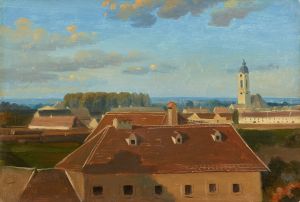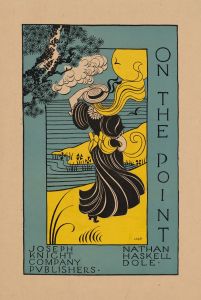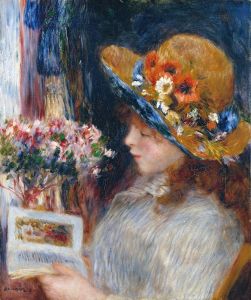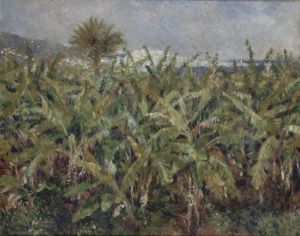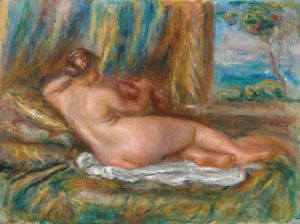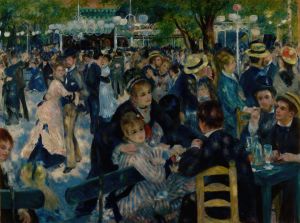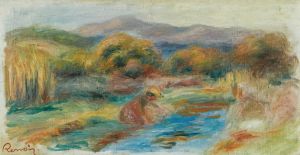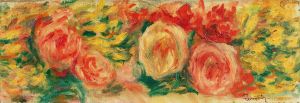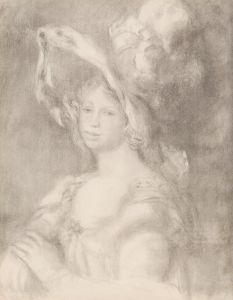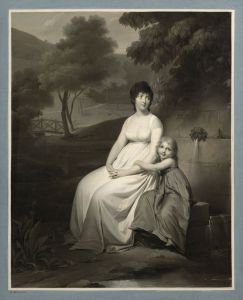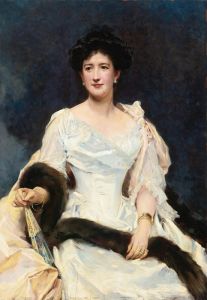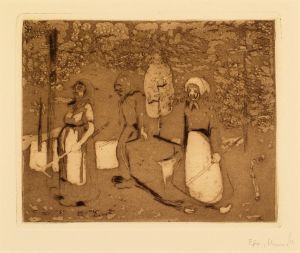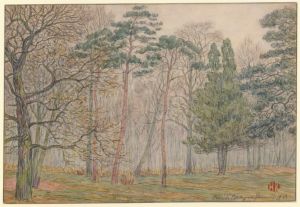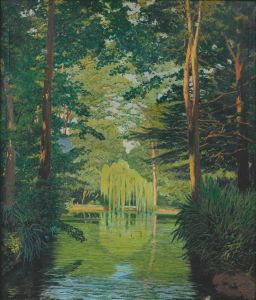
Woman in a Park
A hand-painted replica of Pierre-Auguste Renoir’s masterpiece Woman in a Park, meticulously crafted by professional artists to capture the true essence of the original. Each piece is created with museum-quality canvas and rare mineral pigments, carefully painted by experienced artists with delicate brushstrokes and rich, layered colors to perfectly recreate the texture of the original artwork. Unlike machine-printed reproductions, this hand-painted version brings the painting to life, infused with the artist’s emotions and skill in every stroke. Whether for personal collection or home decoration, it instantly elevates the artistic atmosphere of any space.
"Woman in a Park" is a painting by the renowned French artist Pierre-Auguste Renoir, a leading figure in the Impressionist movement. Renoir, known for his vibrant light and saturated color, often focused on people in intimate and candid compositions. This painting is one of many that exemplifies his interest in capturing the leisurely activities of Parisians during the late 19th century.
Renoir was born in 1841 in Limoges, France, and moved to Paris with his family in 1844. He began his artistic career as a porcelain painter before studying at the École des Beaux-Arts. By the 1860s, Renoir had become associated with a group of artists who would later be known as the Impressionists, including Claude Monet, Edgar Degas, and Camille Pissarro. This group sought to break away from the traditional approaches of academic painting, focusing instead on capturing the effects of light and atmosphere.
"Woman in a Park" reflects Renoir's fascination with the interplay of light and color. The painting depicts a woman seated in a park, surrounded by the lush greenery typical of Renoir's outdoor scenes. The woman's attire and demeanor suggest a moment of leisure, a theme common in Renoir's work as he often portrayed the bourgeoisie enjoying their free time in natural settings. The use of loose brushwork and the emphasis on natural light are characteristic of the Impressionist style, which Renoir helped to pioneer.
Renoir's technique involved applying paint in small, quick strokes to capture the fleeting effects of light. This method allowed him to convey the vibrancy and movement of the scene, making the viewer feel as if they are witnessing a moment in time. The colors in "Woman in a Park" are likely to be vivid and varied, with Renoir's typical use of soft, warm tones that create a sense of harmony and tranquility.
Throughout his career, Renoir's work evolved, and he experimented with different styles and techniques. However, his focus on the human figure and the beauty of everyday life remained constant. "Woman in a Park" is a testament to his ability to find beauty in the ordinary and to capture the essence of a moment with sensitivity and skill.
Renoir's paintings, including "Woman in a Park," are celebrated for their contribution to the Impressionist movement and their enduring appeal. His work is housed in major museums and collections worldwide, continuing to inspire and captivate audiences with its charm and technical mastery.
While specific details about "Woman in a Park," such as its exact date of creation or its current location, may not be readily available, the painting remains an important part of Renoir's oeuvre. It exemplifies the qualities that make his work so beloved: the celebration of light, color, and the simple pleasures of life.





